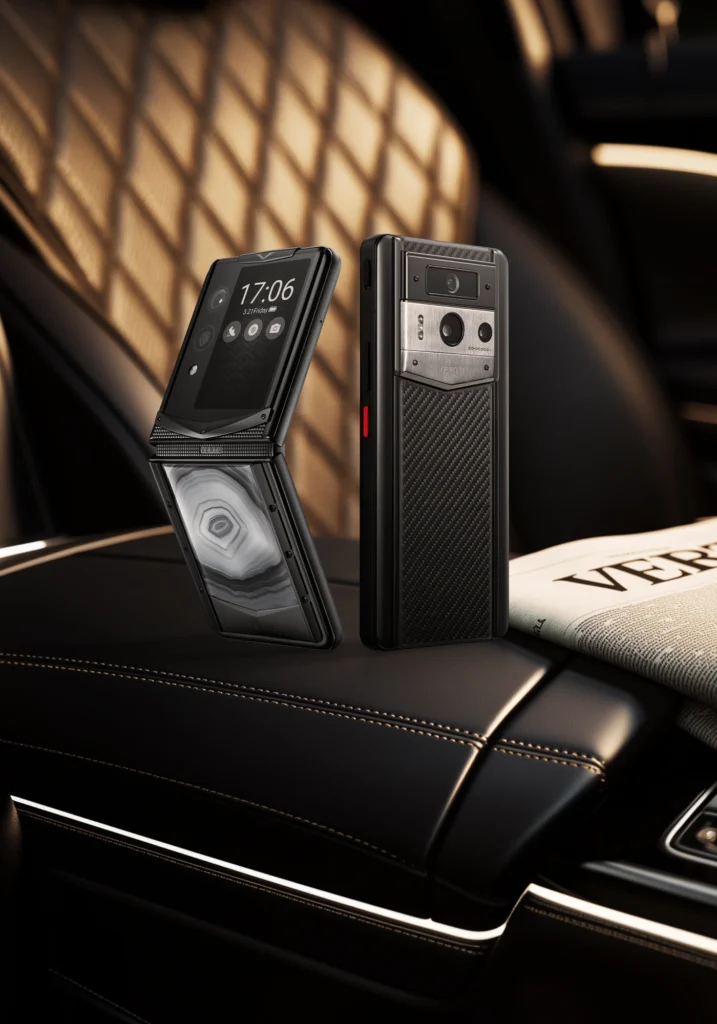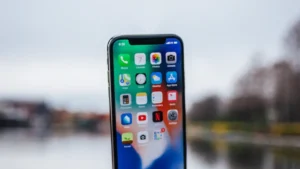Tired of lugging around bulky camera gear on your adventures, only to realize your phone captures surprisingly good shots? The eternal debate rages: is a dedicated camera still king, or has the high-end smartphone finally conquered the travel photography scene? This comprehensive guide will help you navigate this modern dilemma, providing insights, comparisons, and practical tips to ensure your travel memories are captured beautifully, regardless of your chosen device.
Understanding the Power of High-End Cell Phone Cameras
The evolution of smartphone technology has been nothing short of revolutionary, particularly in the realm of mobile photography. What was once a mere novelty has transformed into a powerful tool capable of producing stunning imagery. Modern high-end cell phone cameras leverage sophisticated computational photography techniques, employing complex algorithms to enhance images in real-time. This means they don't just rely on raw sensor data; they actively interpret and improve the scene before you even press the shutter, overcoming the physical limitations of tiny sensors and lenses.
Key Concepts Driving Smartphone Camera Innovation
Several core concepts are behind the impressive capabilities of today's high-end cell phone cameras:
-
Sensor Size: While still smaller than dedicated cameras, flagship phones are incorporating larger sensors, which significantly improves low-light performance and dynamic range, allowing for richer detail in challenging conditions.
-
Lens Systems: The introduction of multiple lenses (wide, ultrawide, telephoto) on a single device offers unprecedented versatility, enabling you to capture a wider range of perspectives without changing equipment.
-
Software Optimization: This is where smartphones truly shine. Features like Night Mode, Portrait Mode, and HDR processing are heavily reliant on advanced software to deliver professional-looking results that compensate for hardware constraints.
-
Video Capabilities: Many high-end phones now offer 4K recording at high frame rates, advanced stabilization, and even cinematic modes, increasingly rivaling some dedicated video cameras for professional-grade footage.
Integrating Your High-End Cell Phone into Your Travel Workflow
Integrating a high-end cell phone into your travel photography workflow is remarkably straightforward, given its primary function as a communication device. Its always-on, always-ready nature makes it the ultimate companion for capturing spontaneous moments.
Getting Started with Mobile Travel Photography
-
Familiarize Yourself with the Camera App: Explore all the modes and settings. Don't be afraid to experiment with different shooting scenarios to understand your phone's unique capabilities.
-
Understand Your Phone's Strengths: Is it particularly good in low light? Does it excel at portraiture or wide-angle landscapes? Knowing its specific strengths will help you leverage them for the best results.
-
Consider Accessories: While not always necessary, external lenses (like macro or anamorphic), gimbals for stable video, and portable tripods can further enhance your mobile photography and expand creative possibilities.
-
Cloud Storage and Backup: Ensure you have a robust system for backing up your precious travel memories, whether it's through cloud services or external drives, to prevent loss.
Best Practices for Stunning Phone Photos
-
Shoot in RAW (if available): For maximum editing flexibility, capture images in RAW format. This preserves significantly more image data than standard JPEGs, giving you greater control in post-processing.
-
Master Composition: Principles like the rule of thirds, leading lines, and natural framing are crucial, regardless of the device. A well-composed shot will always look better, even from a phone.
-
Utilize Portrait Mode Wisely: While impressive for isolating subjects, be mindful of its limitations, especially with complex backgrounds or fine details around hair or edges.
-
Clean Your Lens Regularly: A smudged lens is the easiest and most common way to ruin an otherwise perfect shot. Carry a microfiber cloth!
-
Embrace the Editing Process: Mobile editing apps have become incredibly powerful, allowing for significant enhancements to your photos directly from your device, transforming good shots into great ones.
The Benefits of Using a High-End Cell Phone for Travel Photography
The primary advantage of relying on a high-end cell phone for travel photography lies in its unparalleled convenience and ubiquity. It simplifies your gear and streamlines your process, allowing you to focus more on the experience itself.
Expected Outcomes and Success Metrics
-
Spontaneous Capture: You're always ready to capture a fleeting moment, from a vibrant street scene to a stunning sunset, without missing a beat.
-
Lightweight Travel: Significantly reduces the gear you need to carry, making travel more enjoyable and less cumbersome.
-
Instant Sharing: Effortlessly share your experiences with friends, family, and social media followers in real-time, enhancing your travel storytelling.
-
Good to Excellent Image Quality: For most everyday travel scenarios, social media sharing, and personal albums, the results are more than satisfactory, often indistinguishable from dedicated cameras to the casual eye.
Success metrics extend beyond just image quality:
-
Number of Photos Captured: The ease of use often leads to a higher volume of captured memories.
-
Quality of Shared Content: How well do your photos and videos resonate with your audience?
-
Enjoyment of Travel: Do you feel burdened by your gear, or are you free to immerse yourself in the experience?
-
Post-Processing Time: How much effort is required to achieve your desired image quality?
Dedicated Camera vs. High-End Cell Phone: A Detailed Comparison
When it comes down to it, the choice between a high-end cell phone and a dedicated camera (mirrorless or DSLR) for travel photography often hinges on specific needs and priorities. Here's a look at how they stack up:
| Feature | High-End Cell Phone | Dedicated Camera (Mirrorless/DSLR) |
| Portability | Excellent: Fits in your pocket, always with you. | Good to Poor: Requires a bag, often heavier with lenses. |
| Image Quality | Very Good to Excellent: Especially in good light, with computational aids. | Excellent to Superior: Larger sensors, better optics, uncompressed data. |
| Low Light | Good (with computational aids): Can struggle with noise and detail. | Excellent: Superior performance due to larger sensors and better noise control. |
| Versatility | Good: Multiple fixed lenses (wide, tele, ultrawide), digital zoom. | Excellent: Interchangeable lenses for specific needs (macro, prime, super-telephoto), full manual control. |
| User Skill | Beginner-Friendly: Mostly automated, intuitive interface. | Requires Learning Curve: More manual control, complex settings. |
| Cost | Moderate to High: Included with phone's overall cost. | High: Body + lenses can be a significant investment. |
| Sharing | Seamless: Instantaneous social media integration. | Requires Transfer: More steps (card to device, then upload). |
| Video | Very Good to Excellent: Improving rapidly with stabilization and cinematic modes. | Excellent: Often more professional features like log profiles, external audio, and advanced codecs. |
FAQ (Frequently Asked Questions) on Travel Photography
Q: Can a high-end cell phone truly replace a dedicated camera for travel?
A: For many travelers, especially those who prioritize convenience, lightweight packing, and social media sharing, yes, a high-end cell phone can largely replace a dedicated camera. However, for professional photographers or those demanding the absolute highest image quality, creative control, especially in challenging conditions, a dedicated camera still holds a significant edge.
Q: What are the biggest limitations of smartphone cameras for travel?
A: Key limitations of smartphone cameras include smaller sensor sizes leading to less ideal low-light performance and dynamic range, fixed apertures which limit true depth-of-field control, and less robust manual control compared to dedicated cameras, making it harder to fine-tune settings in specific scenarios.
Q: When is it still essential to bring a dedicated camera on a trip?
A: If you're a professional photographer, a serious hobbyist, or if your travel involves extreme low-light situations, fast-moving subjects that require advanced autofocus, or a desire for maximum artistic control over depth of field, optical zoom, and image rendering, a dedicated camera is still the preferred choice.
Q: How can I improve my smartphone travel photography?
A: Focus on composition (rule of thirds, leading lines), understand your phone's camera app and its various modes, shoot in RAW when possible for editing flexibility, embrace the power of mobile editing apps, and always keep your lens clean. Practice makes perfect!
Recommended For:
-
Casual Travelers: Who want to capture beautiful memories without the hassle of extra gear.
-
Social Media Enthusiasts: Needing high-quality images and videos for instant sharing.
-
Minimalist Packers: Prioritizing lightweight travel and multi-functional devices.
-
Budget-Conscious Adventurers: Seeking excellent results without the significant investment of a dedicated camera system.
-
Spontaneous Photographers: Who value always having a capable camera ready in their pocket.








